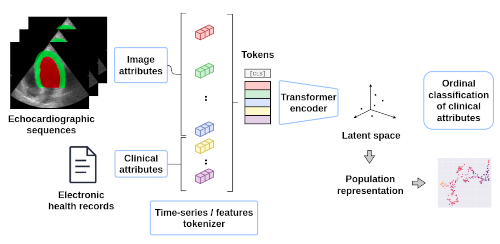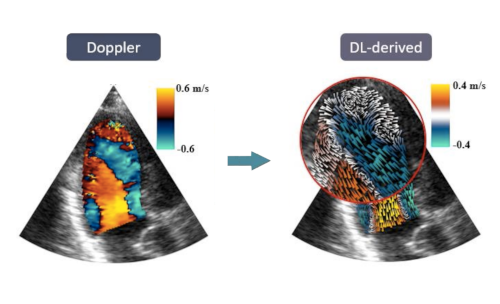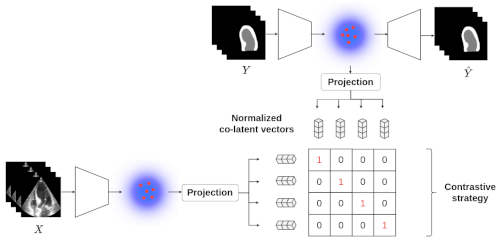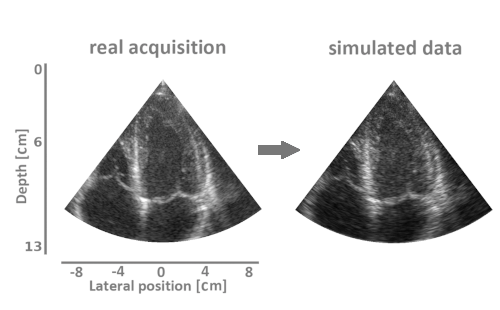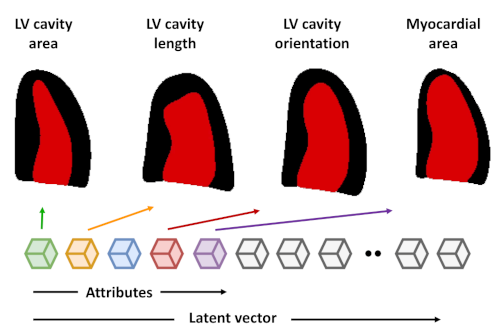CMRSegTools: An open-source software enabling reproducible research in segmentation of acute myocardial infarct in CMR images
Published in Plos one, 2022
This paper introduces CMRSegTools: an open-source application software designed for the segmentation and quantification of myocardial infarct lesion enabling full access to state-of-the-art segmentation methods and parameters, easy integration of new algorithms and standardised results sharing.
Recommended citation: Romero, William (2022). "CMRSegTools: An open-source software enabling reproducible research in segmentation of acute myocardial infarct in CMR images." Plos one. 17(9). https://hal.science/hal-04215855

